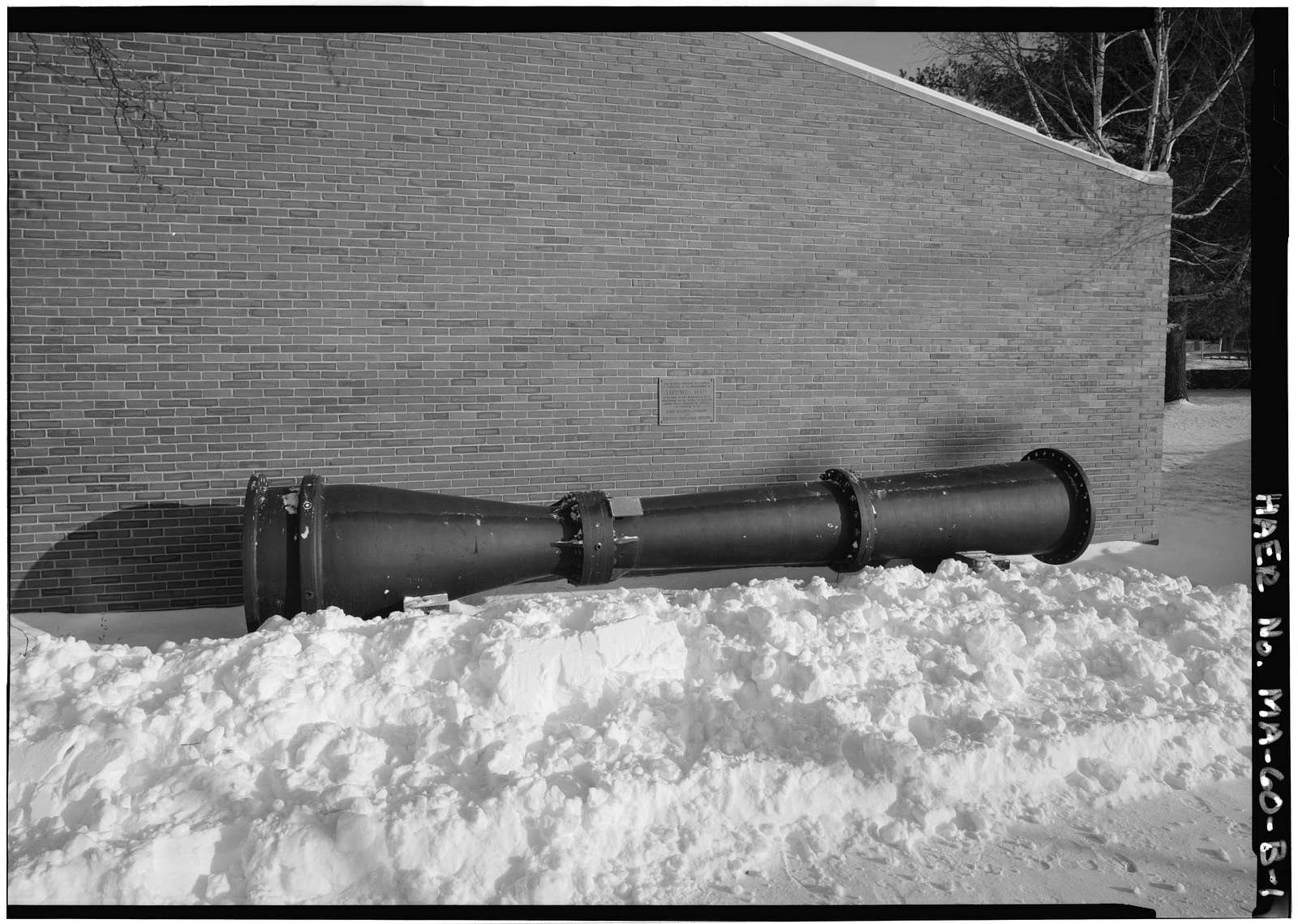Specifically for measurement of flow, there are many different types of measuring devices available such as venturi meter, orifice meter, rotameter, Coriolis meter, electromagnetic flowmeter, ultrasonic flowmeter, etc.
So in today's article, I am going to explain the working of one of the most important flows measuring elements called the Venturi Meter.
What is a Venturi meter?
A venturi meter is a full bore type and variable head type device which is used to measure the flow of fluid by measuring pressure difference. Here, Full bore type means the venturi meter is installed by cutting pipe length equal to the length of the venturi meter and adding this meter in between in the direction of flow. Variable head means in this meter pressure gradually decreases and this decrease in pressure is used to calculate the flow of fluid.
Venturi meter consists of four-part:
- Converging Section
- Throat Section
- Diverging Section
- Manometer
Principle of venturi meter
The principle on venturi meter is based can be stated as "By changing the cross-sectional area of the flow passage, changes in pressure can be created and these pressure drop can be converted into velocity by using Bernoulli's equation."
Working of Venturi Meter
As the venturi meter is installed in the direction of flow by cutting pipe and installing it in between, Fluid first of all flows through the converging section.
In the converging section, the velocity of fluid increases and pressure decreases. Now, fluid reaches the throat part which has the least diameter and it is connected with one wing of the manometer.
Another wing of the manometer is connected with a pipe before the converging section. Now, the pressure difference between these two points is measured by a manometer. By using Bernoulli's equation this pressure drop is converted into the velocity of the fluid. And then the velocity of the fluid is multiplied with the area of the cross-section which will finally result in the volumetric flow rate.
Now, as the pressure of the fluid is dropped, the diverging section is attached to recover pressure by minimizing velocity by increasing the area. As the continuity equation tells us as an area of the cross-section increases velocity decreases. So, the diverging section helps in regaining pressure inside the fluid. But due to frictional losses in the meter, the same pressure can not be achieved so there is a small pressure drop in the meter.
The converging section has an angle of around 15 - 20 degrees and the diverging section has an angle of around 5 - 7 degrees.
In the diverging section, the angle of the diverging section is lower than in the converging section, This is because if a higher angle used as a converging section there are sudden changes in the velocity which results in some more loss in pressure. So to minimize losses in the diverging section and to regain most of the lost pressure in the converging section, the lower angle is used.
Applications of the venturi meter
Venturi meters are most commonly used for the flow measurement of liquids such as water and also for some gases.
Equations of Flow Calculation for Venturimeter
The basic equation derived by using Bernoulli's equation is:
Velocity at the throat can be found out from the equation below
`V_{b} = \frac{C_{v}}{\sqrt{1-\beta^{4}}}\sqrt{\frac{2(P_{a}-P_{b})}{\rho}}`
From this equation, the volumetric flow rate equation can be found out by multiplying the above equation with a cross-sectional area of the throat:
`q = \frac{C_{v}S_{b}}{\sqrt{1-\beta^{4}}}\sqrt{\frac{2(P_{a}-P_{b})}{\rho}}`
Now this equation when multiplied with a density of fluid flowing, Mass flow rate can be obtained
`m = \frac{C_{v}S_{b}}{\sqrt{1-\beta^{4}}}\sqrt{2(P_{a}-P_{b})\rho}`
Here,
`V_{b}` = Average velocity of flowing fluid at the throat
`C_{v}` = The Venturi Coefficient (Experimental quantity)
`\beta` = Ratio of the diameter of the throat to the diameter of the pipe
`P_{b} - P_{a}` = Pressure drop indicated in the manometer
`\rho` = Density of flowing fluid
`S_{b}` = Cross-sectional area of the throat
Advantages of Venturi Meter
1. Low overall pressure drop and power loss
2. High accuracy and high reproducibility
3. Can be used for both liquids and gases
Disadvantages of Venturi meter
1. Expensive and bulky and requires considerable space
2. Complex in manufacturing
3. Not suitable for viscous slurries
4. Can not be used for temporary installation



if direction of flow revers than will venturimeter work??
ReplyDeleteYes, It should work but pressure recovery will not be satisfactory due to steep angle in divergence section.
DeleteI read this post your post so nice and very informative post thanks for sharing this post liquid Meter
ReplyDelete